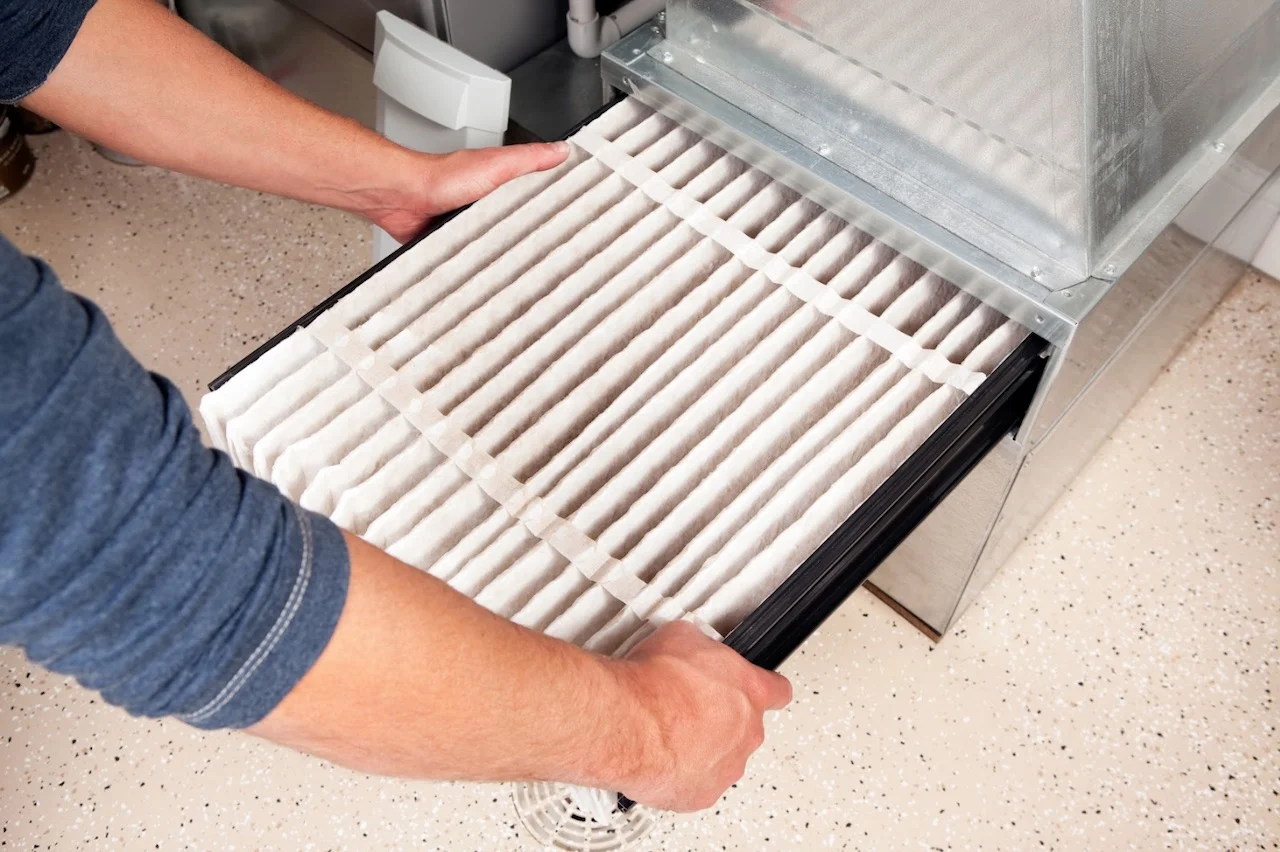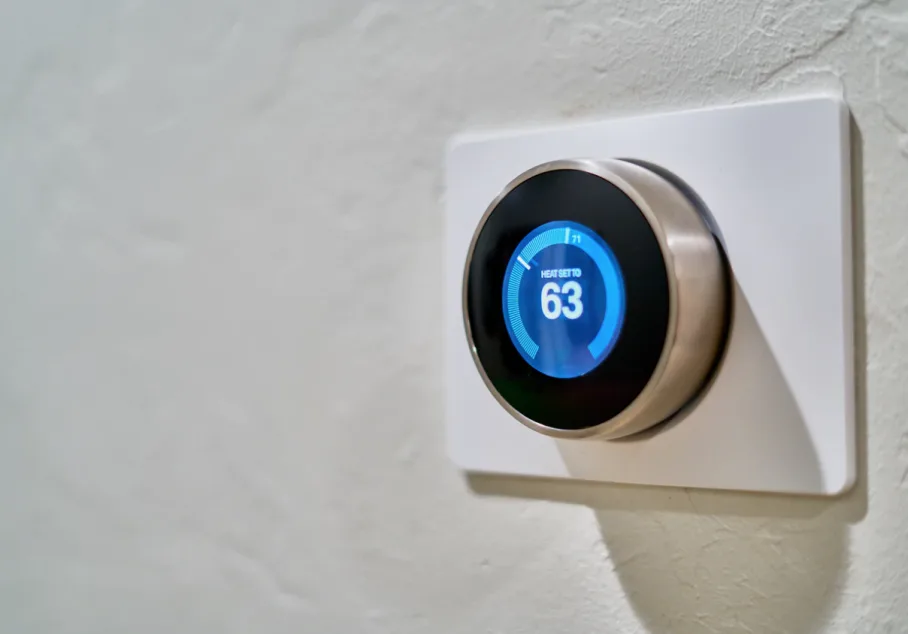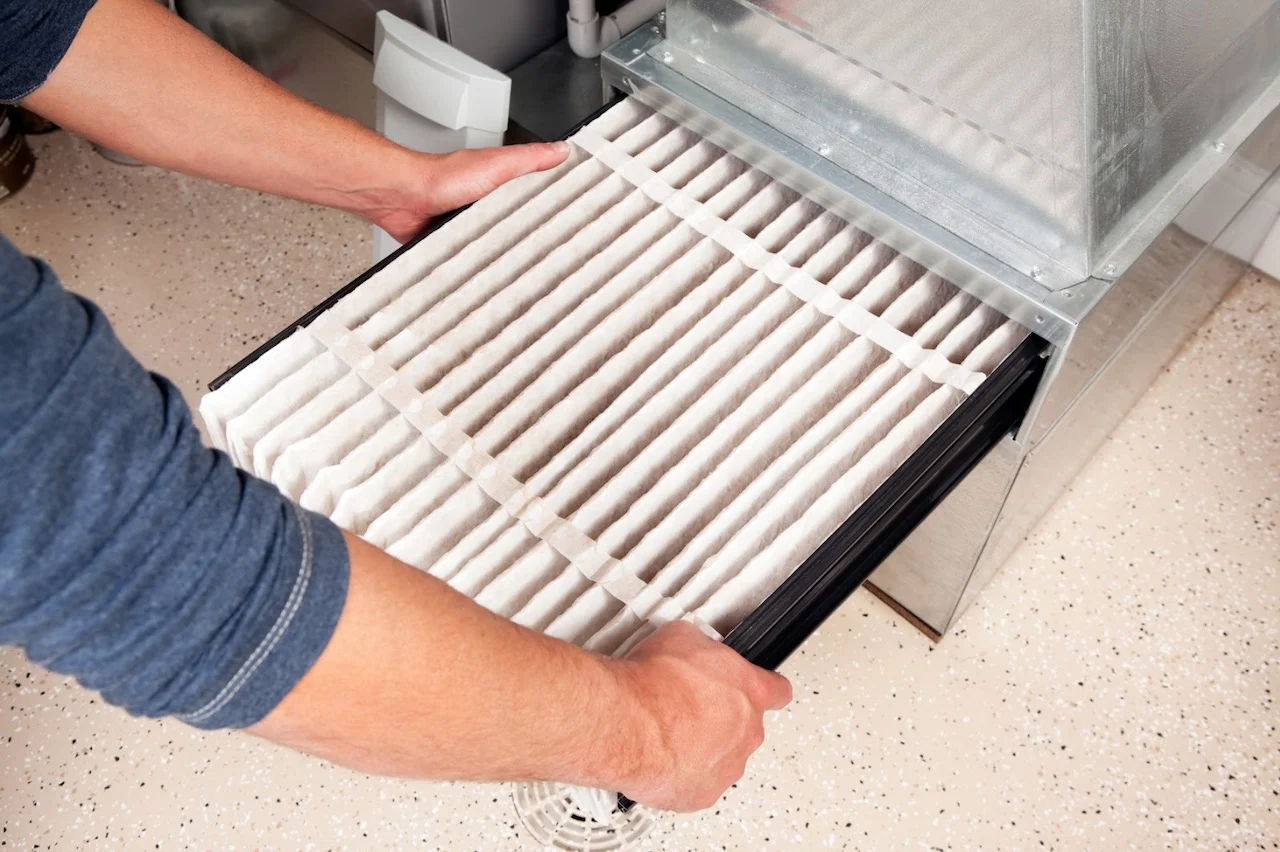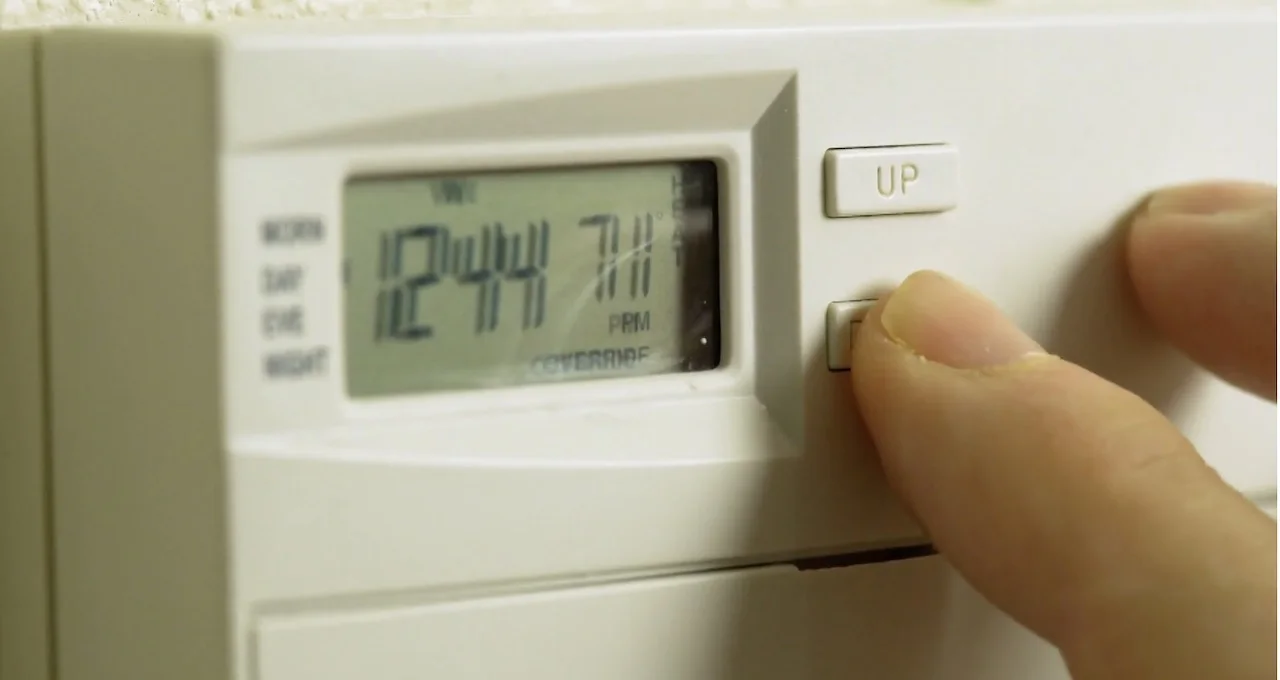
Ways to winterize your home before the cold and snow settles in
If you haven't prepped your home for winter, there still is time to get it ready -- a process that doesn't need to be financially or environmentally costly, according to Wolseley Canada.
Even though you may not be ready for the winter, just yet, your home should be by now -- but don't fret, there's still time to get it done before the season changes over.
In fact, prepping your home for the winter season should occur as early as September, according to Chris Hann, national category manager from Wolseley Canada.
Visit our Complete Guide to Fall 2022 for an in-depth look at the Fall Forecast, tips to plan for it, and much more!
“September timeframe is always good. Once the nearest cold snap or the temperatures drop, people tend to leave it to the last minute and then contractors aren’t available," said Hann, in a 2021 interview with The Weather Network.
"We’ve seen warmer weather later in the season, so people will have their air conditioning on later, which tends to keep their mind around the summertime. They really tend to forget about getting their stuff prepped for the winter."
For those in the North or in the West, people should have considered readying their home at the beginning of September.

“Weather is unpredictable in Canada. We don’t really know when the cold weather is happening," said Hann. "[So] if there is anything wrong with the appliances that needs to be fixed, they are leaving themselves enough time to get the parts and [get] the contractor back in to fix it.”
One of the things Hann recommends is to install new windows, so there’s less heat loss and leakage when the colder weather sets in. But, if you have an older home, a often-utilized trick is to cover the windows with plastic wrap and heat-shrink them to ensure more warm air in the house during the winter months.
Getting your home ready
Provided by Wolseley Canada, here are some additional steps for preparing your residence for what can sometimes feel like a long and cold season.
Winterizing your air conditioning: Check your air conditioning unit before putting it away for the winter. An expert can provide technical and practical solutions to uneven heating or cooling. Checking the ducts, thermostat and fan are ways they can determine the condition of the air conditioner.
SEE ALSO: When should you switch to winter tires? Provincial breakdown, here
Before covering the external unit for the season, check your unit for debris and remove any water that may have collected from rain. These can damage the unit when colder temperatures are near due to freezing. Normal wear and tear from the season can easily be fixed.
Getting your furnace ready: Most people don’t have the time or expertise to check their furnace before turning it on in the winter. A professional can safely check it and determine the best way to maximize flow and efficiency of heat.

(Getty Images)
Every four months is "good practice" to change the filter in the furnace, Hann said. "If you’ve got a number of people, plus pets, you may want to look at getting your filter changed more frequently because it tends to plug up quicker," said Hann. "Or if you’ve done home renovations, all the dust seems to get plugged in the furnace filter, as well."
Thermostat placement: Location of the thermostat can make a sizable difference in the temperature of your home. Windows with bright sunlight can heat up your thermostat, tricking the system into thinking the house is warmer than it should be. Experts can resolve any leaks or loose duct systems by ensuring the warm air is going exactly where it should. As a result, this helps to make sure you get the proper amount of heat where and when you need it.
Hann said an ideal location for thermostat is in the upstairs hallway of a living space because it is away from windows, avoiding the sunlight and potential draughts from outside.
"You don't want to create a false temperature by having a thermostat closer to a window or draught area will create a false-positive for the furnace to come on and off," said Hann. "Having it centralized is best."
WATCH: Are bugs wintering in your home? Keep them out with these simple tips
Make sure parts are updated: Equipping your home with modern technology can be critical to the maintenance of your air system. For example, installing a smart thermostat can help the flow of heating or cooling into your home through remote programming settings on your smartphone.
With programmable thermostats you can fine-tune the temperature settings depending on the time of day or day or the week. Controlling how hot or cold it is when you’re away can save energy and costs, and gives you more control of the temperature in your home, rather than having to endure a non-programmable thermostat and its cycle.
Rebates offered as incentives
If cost is an issue, provincial and federal governments offer rebates as incentives to prepare their homes for the winter. This includes the Canadian Greener Homes Grant.

(Videoblocks)
“I would suggest that any of the viewer or readership that’s looking at replacing equipment over the next little while to dive into what that program entails and connect with your local contractor in order to help you do that," said Hann.
“There are certain pieces of equipment, environmentally friendlier equipment like the heat pumps, that in some cases, when you pair them with certain provincial rebates, you can get up to $7,500 in credits from the government. This covers off a pretty good chunk of the cost of the equipment and install."
If people are looking to be environmentally conscious, they can set their thermostat at a higher temperature during the day when the house is occupied, and then once people go to sleep and there is a little more warmth inside, they can then lower the thermostat by 2°C-4°C, Hann said.
As well, when you are looking to replace your equipment, maybe go a "step further" than choosing the minimum efficiency of a unit in order to conserve on gas consumption, or look at alternative source as an option, he added.
Thumbnail courtesy of Getty Images.
Follow Nathan Howes on Twitter.











